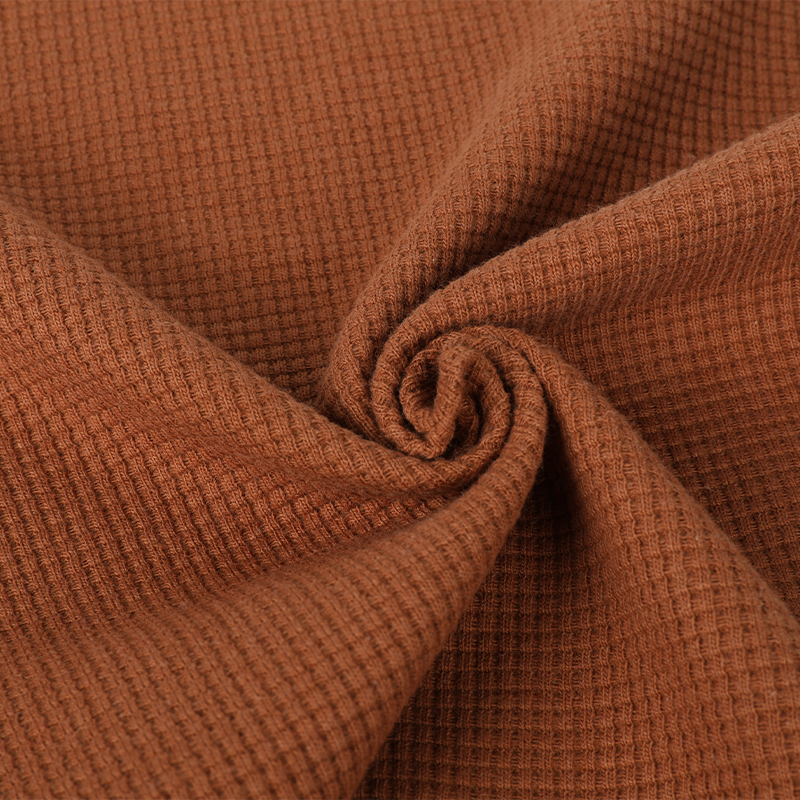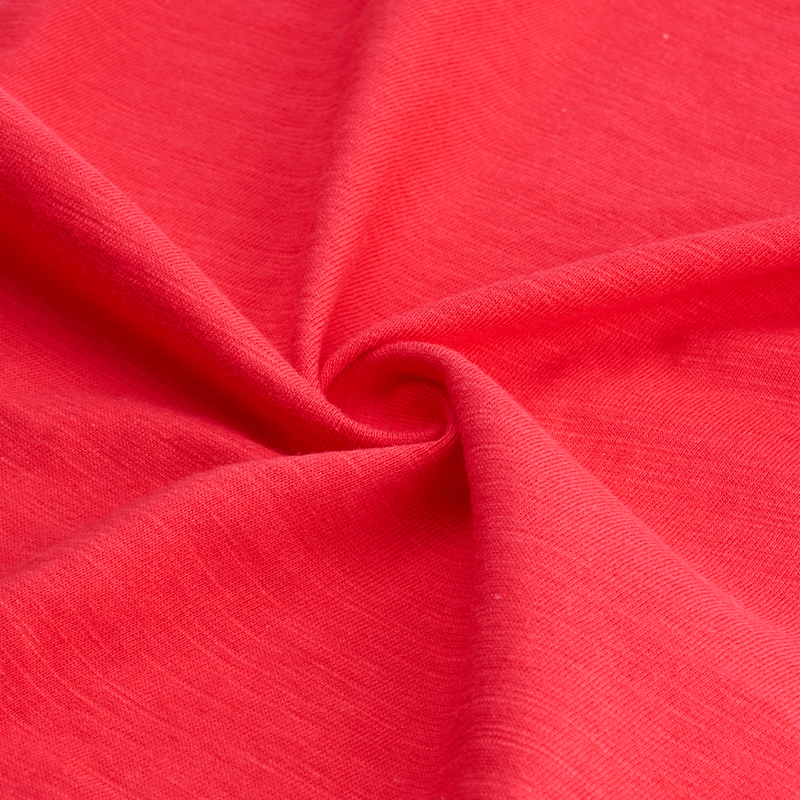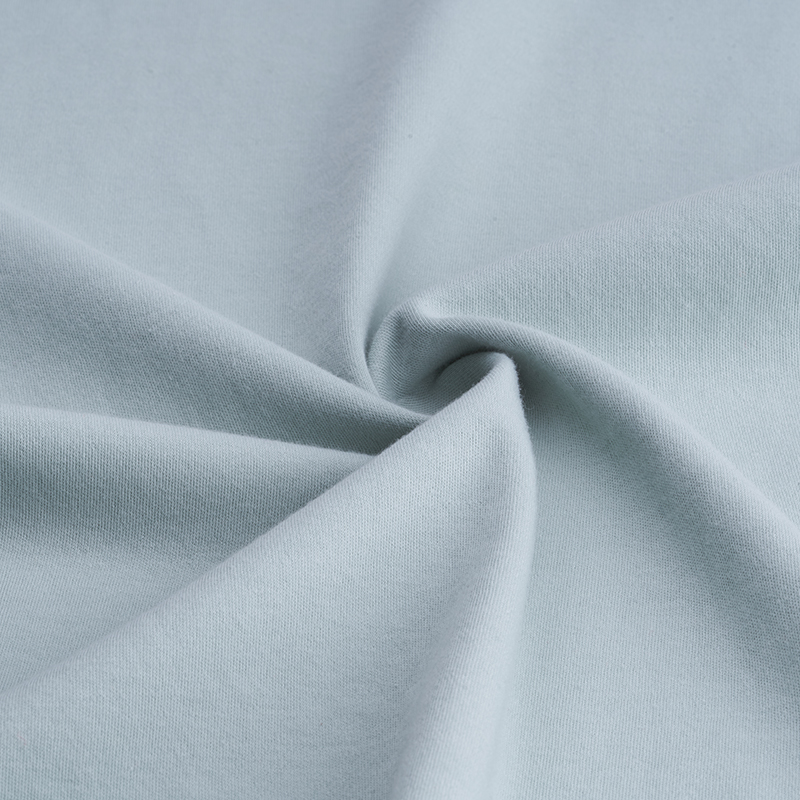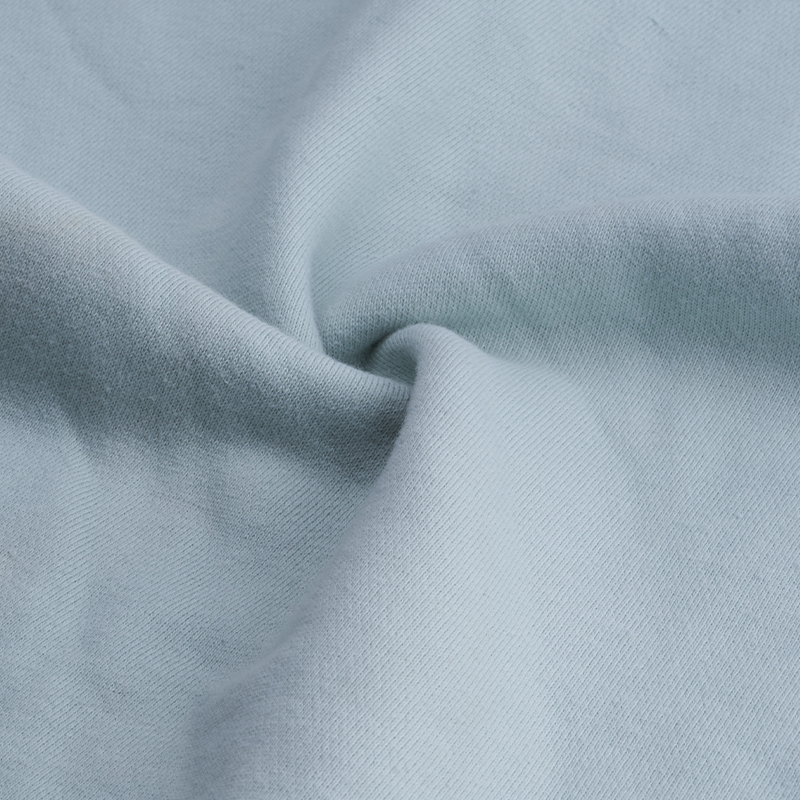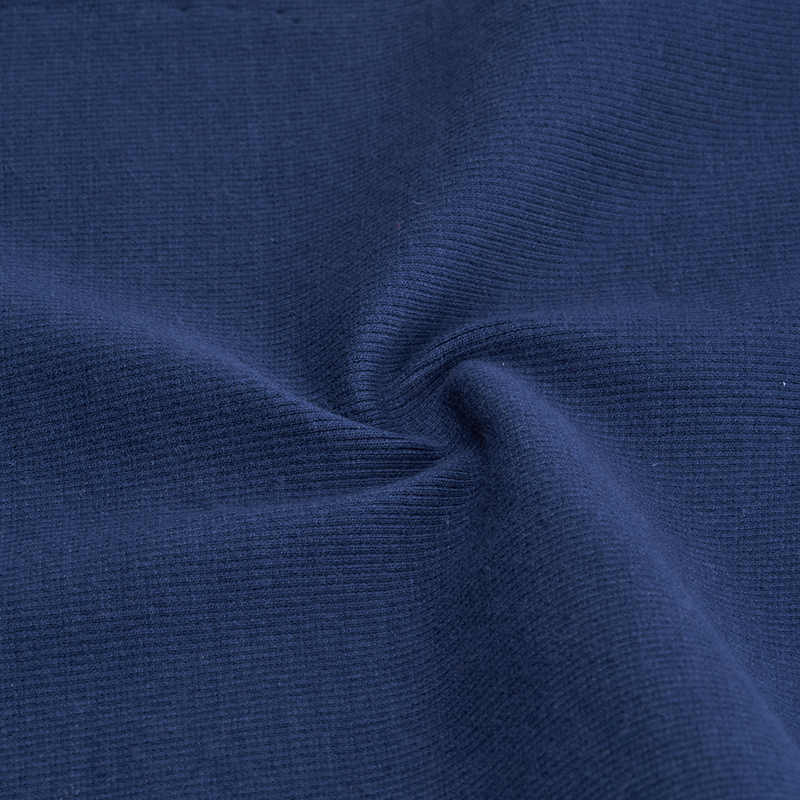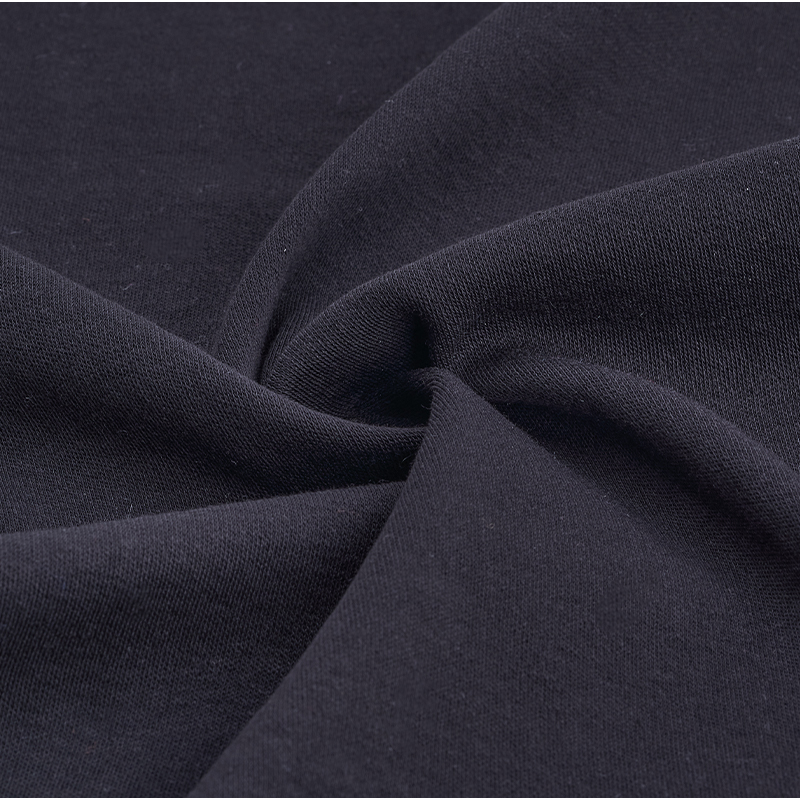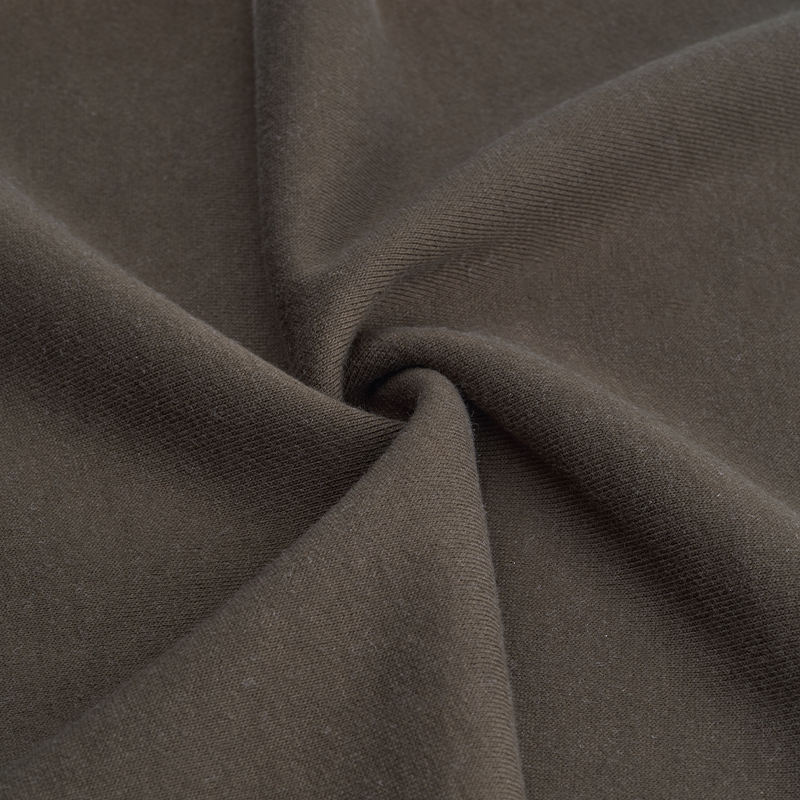In the field of high-end textiles, Hacci Fabric continues to lead the market with its excellent color fastness performance. As a blended fabric with a precise satin structure, its unique material properties and the synergy of cutting-edge processing technology are redefining the industry standard for color fastness.
1. Molecular-level penetration: the core breakthrough of innovative dyeing technology
Hacci Fabric innovatively adopts cold pad-batch dyeing technology, which achieves a fixation rate of up to 98% by extending the low-temperature reaction time of dye molecules and fibers (18-24 hours). Compared with the traditional hot melt dyeing process, this technology makes the reactive dye more fully combined with the hydroxyl group of cotton fiber. According to the ISO 105-C06:2010 standard test, the soap color fastness is improved by 1.5 levels. The specially developed narrow-width dyeing unit (working width 1.8m) can accurately control the dye penetration depth per square meter of fabric to ensure that the deviation of coloring uniformity of warp and weft yarns does not exceed 0.3%.
2. Microcapsule printing: building a color protection barrier
In the printing process, Hacci Fabric took the lead in applying nano-microcapsule sustained-release technology to encapsulate ultraviolet absorbers (benzotriazoles) and antioxidants (vitamin E derivatives) in silicon-based capsules with a particle size of 150-200nm. After digital printing positioning deposition, these smart microcapsules can continuously release active ingredients in daily use, so that the light fastness (ISO 105-B02) of the fabric reaches the 7th level standard, extending the color life cycle by 3 times compared with conventional products. Third-party testing shows that after 100 washes, the ΔE color difference value of the printed pattern is still controlled within 1.2.
3. Synergistic effect of composite color fixing system
Hacci Fabric's patented finishing process constructs a three-dimensional color fixing network: first, the Zeta potential of the fiber surface is increased by a cationic modifier (containing a quaternary ammonium salt group), which increases the adsorption of anionic color fixing agents by 40%; then a reactive silicone cross-linking agent is used to form a molecular bridge bond to anchor the free dye molecules in the fiber matrix. This combination of solutions enables the fabric's wet rubbing color fastness (AATCC 8-2016) to break through the 4-level bottleneck, especially in high humidity environments (RH85%), where the color fastness decay rate is reduced by 62%.
Market monitoring data shows that Hacci Fabric products using these innovative technologies still maintain 94% of their original color depth after 50 standard washes, 23 percentage points higher than similar products. This technological breakthrough not only extends the life of textiles, but also drives the entire industry to transform to a more sustainable production model - it is estimated that for every increase in color fastness level, the life cycle of clothing can be extended by 6-8 months, equivalent to a 28% reduction in carbon footprint.

 English
English
